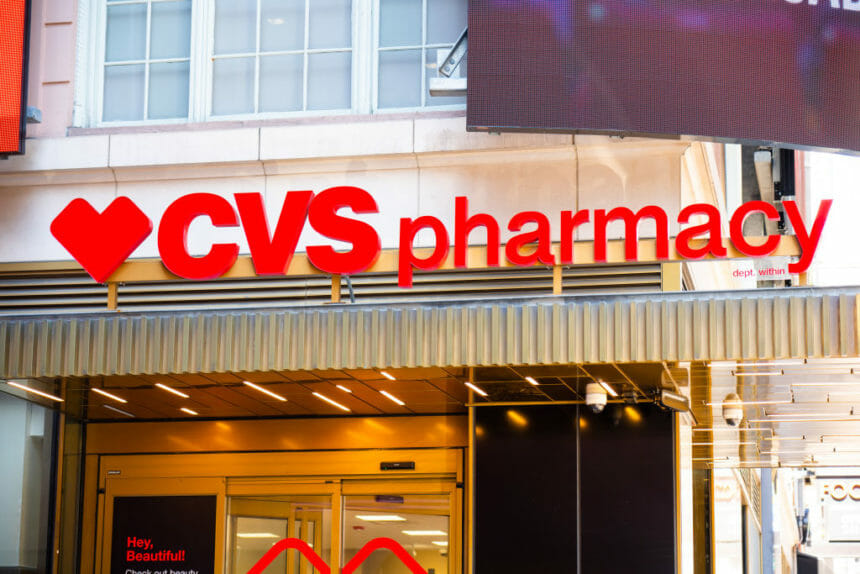CVS Health will take a more straightforward approach to setting the prices of prescription drugs, the company said Tuesday.
Soon, the amount CVS pharmacies get reimbursed by pharmacy benefit managers (PBMs) and payers will be based on how much CVS paid for the drugs, plus a set markup and a fee to cover its pharmacy services.
Dubbed the CostVantage pharmacy reimbursement model, it’s designed to be “more transparent and sustainable,” noted CVS Health’s Prem Shah, EVP/chief pharmacy officer and president, pharmacy and consumer wellness, in a statement.
The new pricing scheme was one of a number of moves telegraphed by the company as part of its investor day. These also included a rebrand of CVS’s growing health services offering as CVS Healthspire.
Extending further into care delivery, as the company did with the acquisitions of Oak Street Health and Signify Health, provides the ability to offer primary care and home care, respectively. The newly added assets will be housed under the Healthspire umbrella, along with MinuteClinic and Cordavis, the biosimilars subsidiary launched in August.
Beginning this month and throughout next year, consumers will see “Part of CVS Healthspire” appear on select CVS Health care delivery offerings across digital and physical assets as the company seeks to strengthen the connection among them.
CostVantage, for its part, will be phased in starting in the first half of next year for cash-paying consumers, according to The Wall Street Journal, and will be integrated into CVS pharmacies’ contracts with PBMs for their commercial payers in 2025. Plans call for extending it to Medicare plans, too.
In addition to fairly aligning pharmacy reimbursement to the quality of its services, Shah added, the move provides PBMs and payers “a foundational step towards more pricing clarity for consumers.”
Mark Cuban’s Cost Plus Drugs pharmacy, launched in early 2022, prices products in a similar way: consumers pay the manufacturer’s cost, plus a 15% markup, a $3 handling fee for the pharmacist and $5 for shipping.
Tuesday’s move by CVS Health promises to scale up the approach to a much larger extent. The company operates nearly 10,000 retail pharmacies across the country, as well as 1,100 MinuteClinic locations. The company also provides healthcare and pharmacy benefits through Aetna and Caremark, respectively.
While Cuban has ushered in a greater level of transparency in the way drugstores set prices, he hasn’t been able to wrangle discounts on newer brand-name meds as he has for older generics. In one investigation, price quotes were found to exceed those available at local pharmacies in many cases.
CVS Health execs told the Journal that employers and health insurers paying for prescriptions will see a mixed bag from its change, with some drugs costing less and others rising in cost.
Still, the restructuring should eliminate the sometimes wide discrepancies insured patients encounter at the pharmacy between the cash cost (with a drug discount card) versus using their employer-sponsored Rx drug coverage, they said.
The company also debuted an offering for clients of its PBM CVS Caremark. Caremark will offer clients pricing designed to reflect a drug’s true net cost, as well as visibility into administrative fees. That option, dubbed TrueCost, will work hand-in-hand with the new retail-pharmacy payment scheme.
In addition, CVS Health reiterated its financial guidance for this year and initiated 2024 projections. The company forecasted total revenue of at least $366 billion and operating income of at least $15 billion for next year, versus this year’s expected operating income of at least $13.6 billion on total revenues of at least $351.5 billion.







